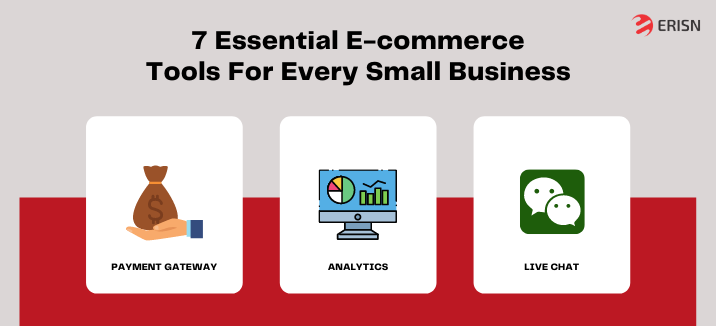A Complete Guide to Human-Centered Web Design Process and Methodology
In case you don’t know, human-centered design basically refers to the way through which you approach the design process that aims to address the needs of the users. But for a fact, human-centered design can be best done only in a team environment. From the very beginning of the design process, the UX designer keeps his focus on the target users and throughout the process and performs user testing. The term ‘Human-centred’ was invented by a renowned design organization – IDEO that aims to educate all the designers and every web design and development company out there in the market. Now, to have a better understanding of human-centered web design, let’s have a look at the concept of human-centered web design and its nature.
Where human-centered design talks about fulfilling the needs and wants of the end-users, the question of ‘how to do it’ comes along with it. Now, to understand that, there are three principles that one must know. These are empathy, experimentation, and collaboration.
Now, here empathy refers to understanding the emotions of end-users associated with your product. Whereas, experimentation refers to conversation and experiments that can help create an exceptional product. Lastly, collaboration stands for bringing creative minds together to great ideas to produce a great product.
Phases of a Human-centred Web Design Process
Just to let you know, there are three prime phases of a human-centered web design process. These are – inspiration, ideation, and implementation. Each of these phases includes different sets of practices on the basis of the project and the objectives of the team.
Inspiration
The inspiration phase is all about establishing conversations with end-users and observing them learn their needs and challenges.
Ideation
The phase of ideation begins when you actually start making things. This step is all about brainstorming, envisioning, and discussing all the prospect solutions.
Implementation
Once you are done finding the right concept for your end-users, then comes the implementation phase. This not only includes the later part of the pre-production phase, but also the actual production stage.
Human-Centred Design Approaches In Web Development
There are different sets of approaches to human-centered approaches in any web development agency. Let’s have a look at all those approaches:
Personas
Personas are basically associated with a UX designer. A designer is not only responsible for creating a great user experience, but personas as well. In case you don’t know, a persona can be explained as a fictional character who represents a member of a target audience group.
Now even creating a persona, it is important for a UX designer to dig into some hardcore research about the target audience and their behavior. Just to let you know, human-centered design helps designers to build a few personas that could perfectly represent different personalities of users or various kinds of users.
Scenarios
The next approach that is followed by a web development agency is scenarios. This is basically about defining how a persona will use a product. Besides, it also helps you to find scenarios in which the product will be used. Not just this, you can also get other important information such as reasons to visit your website/app and user goals. A majority of web development companies usually develop three scenarios:
The first is the most ideal scenario where everything is going great with a persona.
A moderate scenario is when everything is fine as well as the persona’s mood is also neutral.
The not-so-ideal scenario is when everything is not at all going great and even the persona is not happy and is aggressive.
Use Cases
After following all the aforementioned approaches, now it is time to find out how your personas will use the product in accordance with the defined scenarios. This entire interaction of personas with different scenarios is referred to as the use cases.
In use cases, each function is not written down separately. Instead of explaining technical details, use cases focus more on making easy and understandable interactions.
Prototypes
Once you’re done writing all the use cases, it’s time to implement them into a working prototype. With a human-centered design, prototypes become so easy and need only one goal. This objective is basically to take user tests and find hypotheses.
User Testing
After the prototype, the next approach is user testing and also checking hypotheses. In this step, it is important to ask the question – whether or not designs are correct? Another important question to ask is whether or not users are behaving as planned? If everything is on track, you can proceed to the implementation part. And if not, there will be a need to go back to the previous approaches to make a better prototype for user testing.
With that, we come to the end of this human-centered web design and UX. This was all about its process and methodology. Now, if you think you really need to bring a human-centered design approach to your web project, connect with a professional. Talking about that, Auxesis Infotech is a leading web agency having immense experience in working on numerous projects and delivering successful results.




